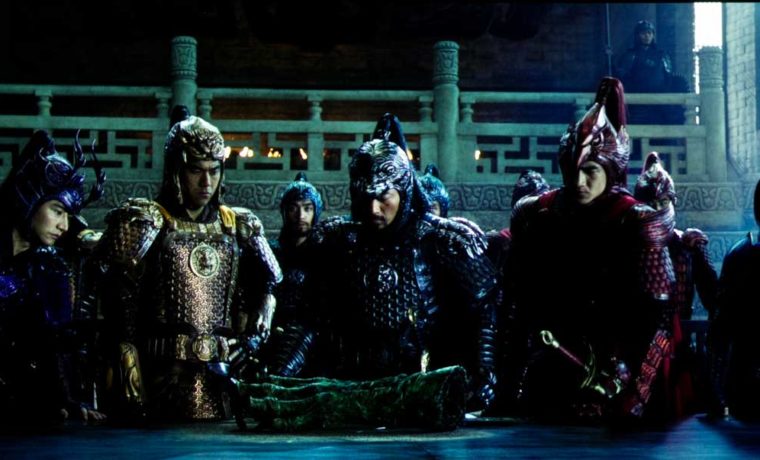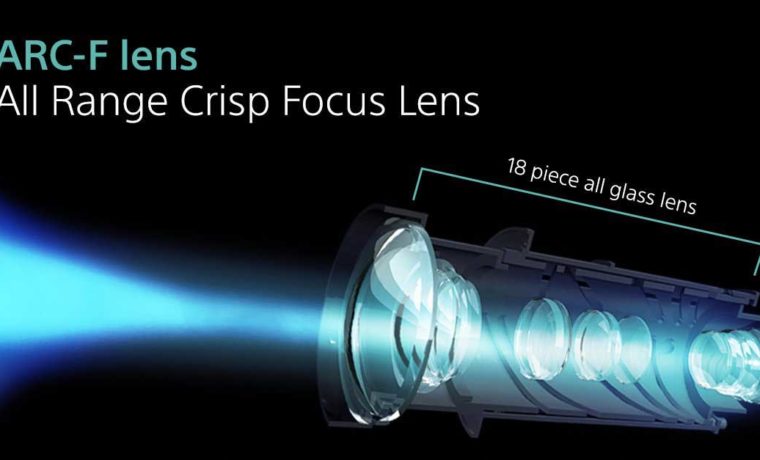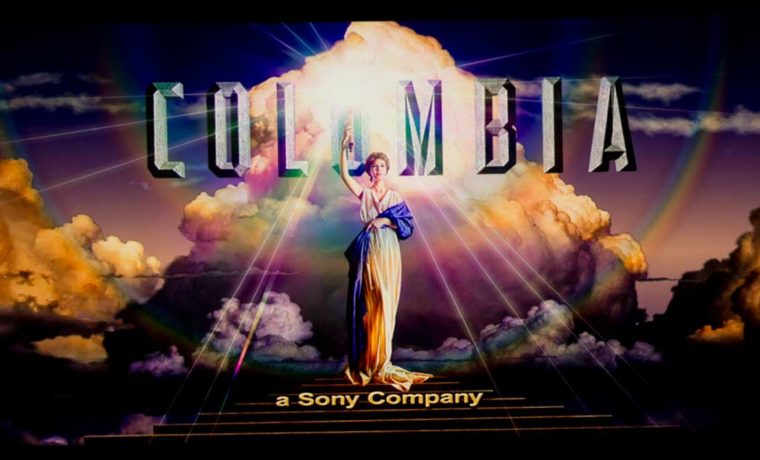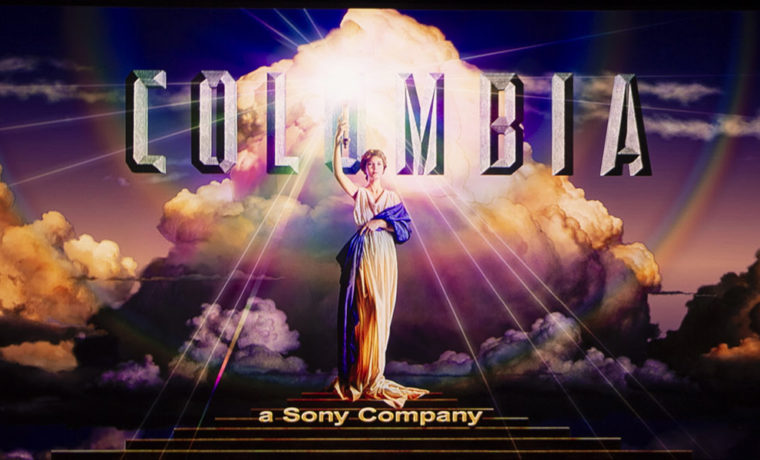Sony VPL-VW995ES Projector Review – Special Features 1: The Laser Light Engine and Dynamic Iris, ARC-F Lens, HDR Support and 18 Gbps HDMI
- Sony VPL-VW995ES Projector Review: Sony’s New Flagship: Expensive - But Awesome
- Sony VPL-VW995ES Projector Review - Special Features 1
- Sony VPL-VW995ES Projector Review - Special Features 2
- Sony VPL-VW995ES Projector Review – Hardware 1
- Sony VPL-VW995ES Projector Review - Hardware 2
- Sony VPL-VW995ES Projector Review – Picture Quality 1
- Sony VPL-VW995ES Projector Review – Picture Quality 2
- Sony VPL-VW995ES 4K Home Theater Projector - Performance
- Sony VPL-VW995ES Home Theater Projector Review - Summary
- Sony VPL-VW995ES 4K Projector Review - Specifications





